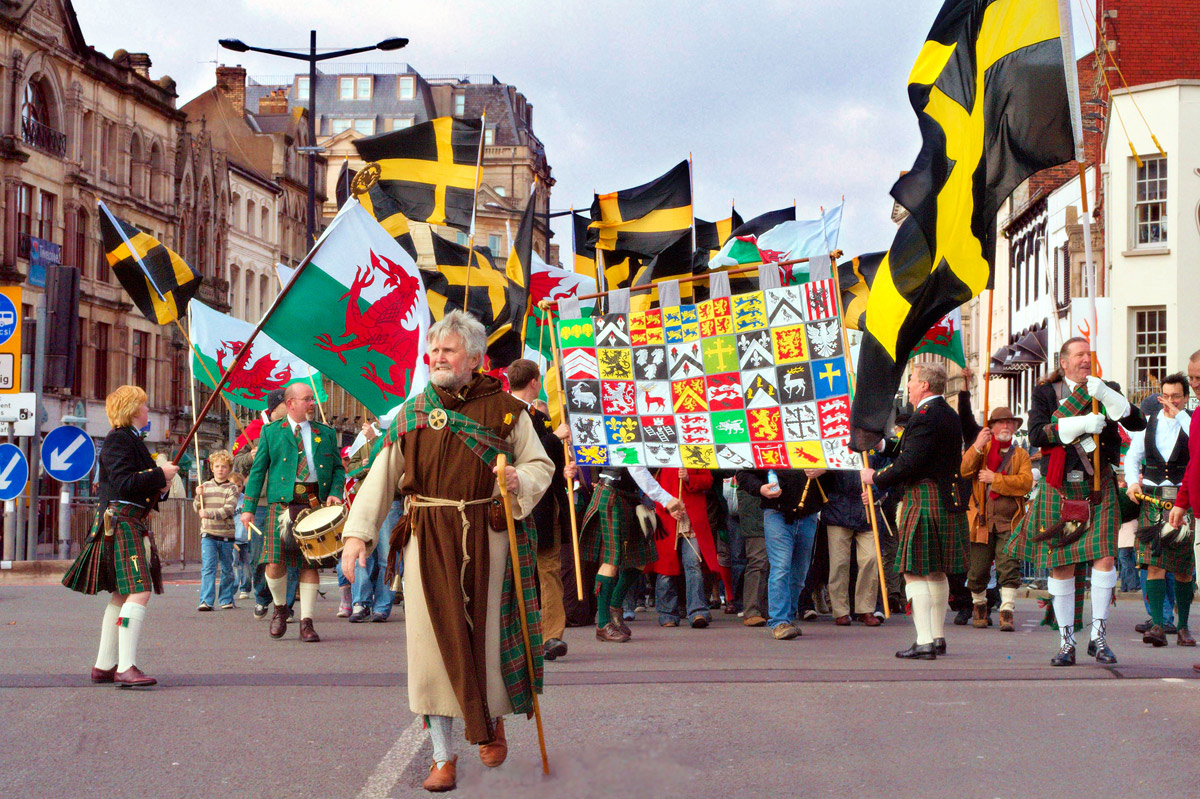Patron Tradition Parades Feast Celebration Catholic Cultural Wales
Patron Saint Of Wales
St David’s Day Celebrations
Saint David is the patron saint of Wales. In Welsh, his identity is Dewi. He is likely one of the most celebrated saints in Britain. His feast day is March 1. Little is thought of in his life. In accordance with the hagiography (c. 1090) by the Welsh scholar Rhygyfarch, he was the son of the chieftain Sant, who raped David’s mom, St. Non. Educated at Henfynyw, Cardigan, he seemingly took an outstanding half within the synod of Llanddewi Brefi (in Cardigan) to suppress the heresy of Pelagius and presided on the Synod of Victory held later at Caerleon on Usk, Monmouthshire, which supposedly defeated the Pelagian heresy in Britain. Extra definitely, he moved the seat of ecclesiastical authorities from Caerleon to Mynyw, which is, as St. David’s (Ty Dewi), nonetheless the cathedral metropolis of the western see.
David was born about 520 close to St. Bride’s Bay, Pembrokeshire, Wales. There’s little or no identification about his life. Most of what’s believed about his life comes from a biography written in about 1090 by Rhygyfarch, a Welsh scholar. In accordance with Rhygyfarch, David was the son of a pacesetter named Sant and Non, a lady who later was named a saint.
David grew to become a Christian priest. He then lived on an island for a few years to check the Bible. As soon as he left the island, David based a monastery, or nonsecular home, at Mynyw (Menevia) in southwestern Wales. Life at David’s monastery was very strict. The monks who lived there needed to work very laboriously. They had been not often allowed to talk. They ate solely bread with greens and salt. They drank solely water. David based many church buildings all through southern Wales. He later moved the middle of the church authorities from Caerleon to Mynyw. We provide many designs of Patron Saint Of Wales at Unique cheap Shop of Unique Design Artwork.
source: usakilts.com
Saint David’s Cathedral
Saint David’s Cathedral is the biggest cathedral in Wales. It was based on the website of David’s monastery after his death. Within the 1100s the pope declared the location to be a spot of pilgrimage or nonsecular journey. A shrine for pilgrims was constructed. The principal portion of the cathedral was constructed starting in the late 1100s. Many additions had been made to the cathedral over the subsequent 350 years.
The shrine was destroyed within the 1500s, through the Reformation. By that point, Wales had been united with England and was dominated by King Henry VIII. When Henry broke from the Roman Catholic Church, he took management of monasteries and attacked different church buildings. Components of the cathedral had been additionally broken through the English Civil Wars. The broken areas of the cathedral had been later rebuilt. The shrine was restored in 2012. The cathedral is positioned in Saint David’s metropolis, the smallest metropolis in Nice Britain. It lies inside Pembrokeshire Coast Nationwide Park, close to the tip of Saint David’s Head peninsula (the westernmost level in Wales).
Saint David’s Day is widely known yearly on 1 March, the standard dying date and feast day of Saint David. The vacation is widely known throughout Wales, with many cities internet hosting parades and live shows. In Cardiff, the capital of Wales, there’s a live performance of conventional Welsh music held in Saint David’s Corridor. Folks usually pin the 2 nationwide symbols of Wales, the daffodil and the leek, to their garments on Saint David’s Day. Visit our best products about St Davids Day at Unique Cheap Shop.
Many miracles are ascribed to St. David, together with the resurrection of a useless youngster and the restoration of sight to a blind man. One of many extra well-known miracles related to him is the formation of a hill beneath him as he preached to a big crowd, permitting them to see and listen to him extra clearly. Throughout this incident, a white dove is claimed to have landed on his shoulder, and St. David is commonly so depicted. David based quite a few church buildings all through South Wales (greater than 50 named for him existed within the twenty-first century). His shrine at St. David’s grew to become a notable place of pilgrimage, particularly through the Center Ages. His canonization by Pope Calixtus II (c. 1120) is unproven. His feast day, often known as St. David’s Day, is extensively celebrated in Wales, and many individuals put on conventional Welsh clothes and daffodils or leeks in commemoration.


